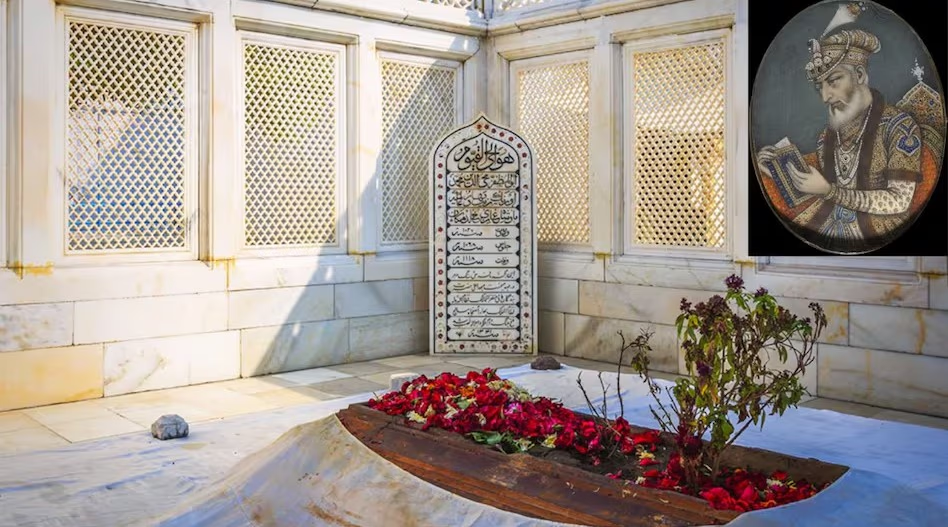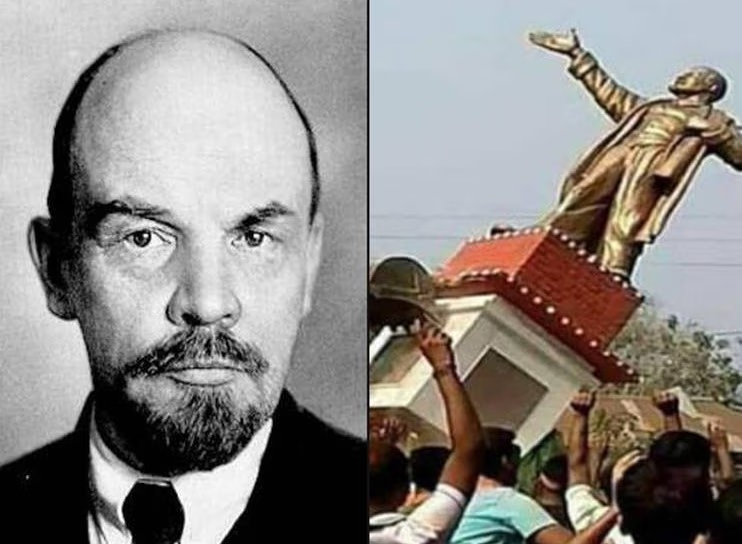After 18 days of intense warfare, Kurukshetra's soil was stained with the blood of fallen warriors. All the Kauravas were dead, while the five Pandava brothers survived. As the war concluded, Lord Krishna escorted the brothers to Hastinapur. Navigating the deserted and chaotic royal palace, it wasn't long before they reached Dhritarashtra. Upon hearing their arrival, Dhritarashtra stood, relinquished his throne, and said, "Come, Yudhishthira. Sit here for you have won this seat. I step aside as peace is my desire, despite knowing history will hold me accountable."
Krishna replied, "History will indeed blame you, for your decisions orchestrated this great war and massacre. It is your actions that have led to this hatred that will echo through time."
From these ancient Indian tales emerges a stark political truth: A ruler's policies can drive admiration or hatred that lingers long after their time. This harsh reality applies to all nations and eras, influencing public sentiment enduringly.
Poet Ramdhari Singh Dinkar, reflecting on similar themes from the Mahabharata, wrote:
'The battle isn't over; it's not only the hunter who's guilty, The indifferent shall be judged by time.'
Figures in History Plagued by Hatred
History is littered with names that solely invoke animosity. Some notable figures garnered immense love, but likewise, many evoke terror and hatred long after their demise. Currently, the Mughal Emperor Aurangzeb is at the epicenter of this animosity, a sentiment not unique in history.

Source: aajtak
Several figures remain unforgiven even after centuries of their death. Their brutal reigns never faded from controversy, persisting through time in the form of unrest at their graves.
This list also includes Adolf Hitler, Pol Pot (Khmer Rouge), Louis XIV, Jean-Baptiste Colbert, Sheikh Mujibur Rahman, Lenin, and Joseph Stalin—each legacy a lasting debate and source of hatred.
The Unknown Grave of Hitler
Starting with Hitler, the tyrant of Nazi Germany, his name is inerasable from history. Even decades after his suicide in 1945, hatred for him endures—his actions in World War II and the Holocaust cementing such sentiments. Hitler's grave or memorial doesn't exist in Germany. It remains speculative whether there is any grave at all. Nevertheless, symbolic acts like burning effigies and demolishing statues continue.
The Brutal Legacy of Pol Pot
Next is Pol Pot, responsible for the death of two million under the Khmer Rouge regime in 1970s Cambodia. Post his death in 1998, his resting place faced assaults and desecration—a symbol of cruelty never to be pardoned by the people.
Louis XIV: Toppled Statues in the French Revolution
The French Revolution remains infamous for its bloody narrative, including the execution of Louis XVI. Louis XIV's lavish lifestyle pushed the public into poverty and famine, fueling long-enduring resentment.
His opulent palace built for a staggering 2,100 crore fell victim to revolutionary fervor, with statues being destroyed and graves becoming a locus for public anger.
The tumult of the Black Lives Matter movement several years ago echoed the enduring unrest tied to historical controversies in France.
Destruction of Jean-Baptiste Colbert's Statue in Paris
In 2020, as the 'Black Lives Matter' movement gained momentum globally, a fervent crowd gathered outside Paris's Palais Royal, protesting against the statue of Jean-Baptiste Colbert. Despite Colbert's reputation for economic and administrative prowess, the stain of the 1685 'Code Noir' he authored, legalizing slavery in French colonies, marred his legacy.
Though slavery represents an evil in modern society, protests over his statue reignited political struggles in France, symbolizing the recurring disputes over statues and symbols within French history.
Lenin: A Target of Anger in Russia
Like France, Russia has seen its fair share of iconoclastic rage. Lenin, leader of the Bolshevik Revolution, became a figure of violence and famine. Post-death in 1924, while Lenin's embalmed body rests in Moscow, his statues faced destruction post-Soviet dissolution.

Source: aajtak
Public Fury Over Stalin's Monuments
Similarly, Joseph Stalin remains infamous for brutality, despite industrial advancements attributed to his leadership. The 'Great Purge,' leading to countless deaths, etched a widespread animosity. Following his 1953 death, his statues were torn down, and policies criticized.
The Broken Statues of Sheikh Mujibur Rahman
The latest example is Sheikh Mujibur Rahman, 'Bangabandhu,' Bangladesh's founding figure violently assassinated in his homeland. Following recent regime changes, his statues were demolished, and memorials disrespected. This highlights how public perception hinges on a leader's impact on their populace.
Today, there’s an emerging aversion towards Aurangzeb after a cinematic release—another chapter in his contentious historical narrative, marked by temple destruction, forced religious conversions, and harsh treatment of defeated rulers. Though Aurangzeb’s era ended long ago, such public sentiments endure beyond his physical existence.
Reflecting on these discussions invokes a verse from Valmiki's Ramayana. On the banks of the Tamasa River, witnessing a hunter kill a bird couple, Valmiki cursed:
ना निषाद प्रतिष्ठां त्वमगमः शाश्वतीः समाः, यत्क्रौंचमिथुनादेकमवधी काममोहितम् .
Hunter, never shall you find peace, having slain these loving birds.
Cruel rulers, like the cursed hunter, may achieve position and glory, but they never gain true honor, nor find peace, not even in the depth of their graves.




